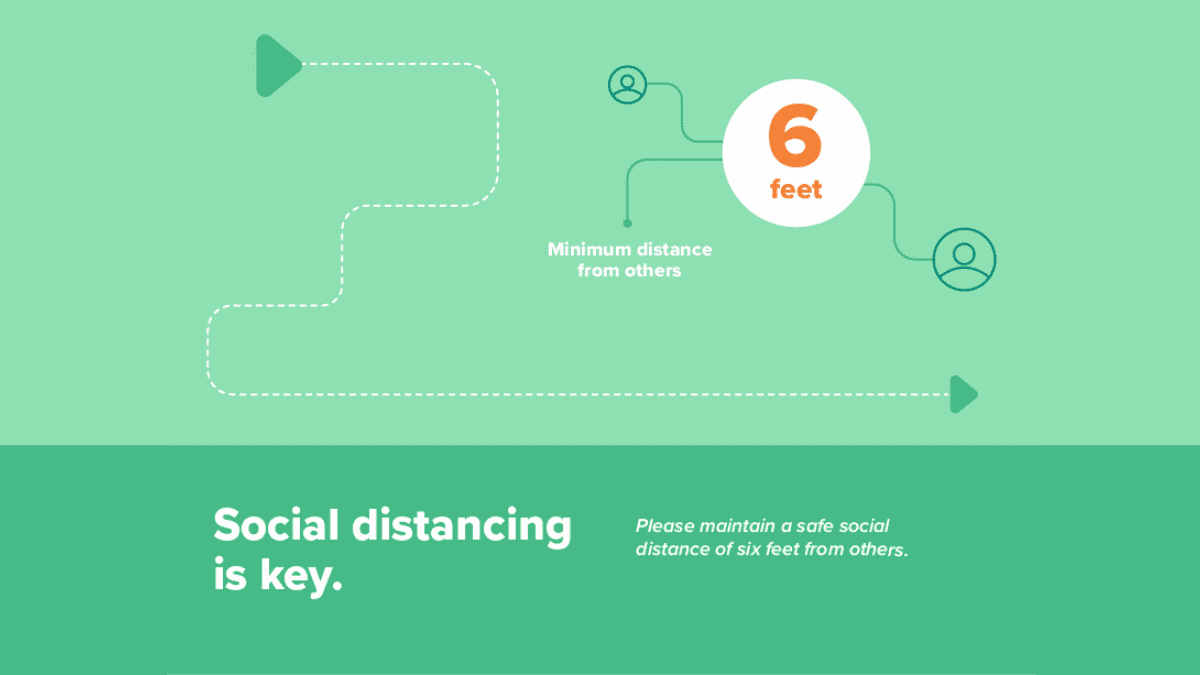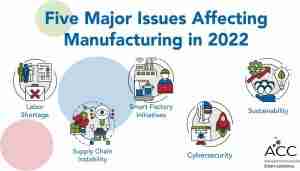
Workforce Re-Entry Safety Insights from Leading Life Science Design-Build Firm, CRB
In recent weeks, the BioHealth Capital Region (BHCR) has been seeing positive downward trends in new coronavirus cases and hospitalizations, resulting in a gradual loosening of restrictions across a variety of COVID-19 regulations. If this trend continues, non-essential life science staff — and employees across other industries — will soon be able to re-enter the physical workspace.
But what does re-entry to brick-and-mortar offices actually mean from a safety and operations standpoint? What risks does it entail? And moreover, how can companies facilitate and manage staff re-entry to ensure employee safety while also maintaining productivity and operational continuity?
CRB, a leading global design, construction, and consulting firm for advanced technology companies, has been planning for staff workplace re-entry since the early stages of the pandemic. CRB’s Rockville, Maryland location, which has provided planning, design and construction, and other services to scores of BHCR life science companies, has taken these planning strategies and started documenting re-entry protocols and procedures in order to prepare for safe office re-openings.
“Back in March when COVID-19 started impacting the community, we all thought this would soon pass. Once the numbers started to rise and we were able to see how fast the virus was spreading, we realized this was more than just ‘working from home for a week’. One week became two, two became three, and that’s when we began putting a plan in place to be able to respond to this as opposed to just react,” stated CRB-Rockville’s Interior Designer, Lauren Candelora.
“We wanted to have a thoughtful response because it is impacting the health and safety of our people. It was a true safety concern. We needed to figure out how to keep people safe and comfortable while also moving forward and working effectively,” she added.
Candelora is a key component of CRB’s one-solution approach for its clients. As CRB’s Interior Designer, she is part of a larger web of planning, design, engineering, construction, and consulting services that the company can offer to life science companies and other select industries. Candelora’s focus is on workplace design, including that of labs and manufacturing spaces. Space planning is her true passion and her knowledge and experience have been invaluable to CRB’s ongoing efforts to create an effective, safe staff re-entry plan.
The first step CRB took was to form a group focused on this initiative around workplace re-entry. The team, which was composed of various disciplines and backgrounds within CRB, started by simply doing their research. Learning more about COVID-19 – how it spreads and how distant people need to be – set the parameters for developing a re-entry plan.
The team had to confront and analyze complex scenarios, including but not limited to, designating off-limits areas, mapping how employees enter and exit the office, conducting temperature checks, sourcing personal protective equipment (PPE), designing PPE distribution points, assessing optimal workstation set up and evaluating safe occupancy levels.
The ultimate goal for CRB’s Workplace Re-entry Team was to develop a comprehensive set of guidelines that can be distributed and deployed by CRB offices across the globe to assist with their respective re-entry planning and execution processes. Ultimately, the CRB re-entry plan adopted a meticulous, phased approach to allowing staff back into the physical office space.
“Phasing is about getting your feet wet. This is all new territory for us. If you were to ask us last year if we’d be able to all effectively work from home for a week, the majority of our teams would have said no, there are too many distractions. It is incredible to see how we’ve adapted to working from home, but with that said, we really need to be thoughtful about how we go back into the workplace. Approaching this process in phases is one way we are trying to be mindful, intentional, and safe.”
Candelora was kind enough to share a general overview of CRB’s re-entry phases.
Phase I: Restricted
CRB’s Phase I is highly restricted. Among many guidelines, amenity spaces and conference rooms are off-limits and PPE is required while being in the office. This phase is intended to provide office space and resources to those who need it and will be highly monitored from an occupancy and cleanliness perspective. Candelora likened Phase I to a “beta-test” where CRB will learn what works and what doesn’t and make adjustments to the subsequent phases accordingly.
CRB plans to live in the restricted phase for two to four weeks before moving on to Phase II.
Phase II: Controlled
In Phase II, CRB’s plan calls for amenity spaces and conference rooms to reopen, at a reduced capacity. Workstation arrangements will be re-configured and employee shifts will continue to be staggered in order to maintain safe distancing among teams.
“Phase II for us is about starting to adjust to a new normal. I think it’ll be a very long time before we go back to the way things were before COVID-19,” stated Candelora.
Phase II represents the gradual, thoughtful, deliberate, and safe opening-up of the physical office, albeit at continued reduced staff capacity and with streamlined in-office movement. While the timing for this phase is uncertain, CRB is planning to extend this to the end of the year.
Phase III: Unrestricted
Phase III is more of a long-term approach to working in the physical office space. This is where there will be increased flexibility that will include adjustments to the office plan and use of space. Phase III, as Candelora put it, is the company’s longer-term, “new normal” that at this point doesn’t have a predetermined end date.
Making Re-entry Safe and User Friendly
The CRB team built all three re-entry phases from a restrictive point-of-view, analyzing everything from blocking off common areas like cafeterias and banning the use of flex workstations and conference rooms to assessing air circulation and office furniture for its capacity to be disinfected.
The team had to determine what office spaces and furniture will be permanently off limits, what occupancy is actually safe, how to manage common areas as well as how people can work together safely.
In addition, less obvious considerations like air circulation, office wayfinding and signage, and how people move throughout an office were key aspects of CRB’s comprehensive re-entry plan.
Managing airflow, ensuring HVAC systems are operating properly to create healthy indoor air quality, and providing entry points for fresh air might not seem like top re-entry priorities, but indoor-air-quality and proper airflow can significantly reduce the risk of COVID-19 infection.
Wayfinding and signage throughout the office is another essential factor to successful staff workplace re-entry. Signage that informs users how to not only circulate throughout the space, but also use it safely is a necessary component.
“We asked ourselves, ‘How can we best set our staff up for success to safely use our office space?’ Not everyone understands what six feet looks like. Not everyone knows what is safe. And we can’t rely on everyone to come to the office with that knowledge. Signage and wayfinding is a way to make sure the space is easily used at a safe capacity,” stated Candelora.
Even Candelora, who is a space planning and design veteran, encountered some surprises during CRB’s workplace re-entry process: “I was most surprised at how much people interact. I think that’s something we’ve taken for granted because now we’re all so isolated. It was surprising to see how much people engage with each other and are face-to-face. I noticed, when we were analyzing our offices, how much people cross paths in a day,” commented Candelora.
“I was also surprised by how close six feet actually is. We’ve never had to think at this level before about office safety and office space planning. We need our staff to think about safety at every step and every touch.”
How COVID-19 ultimately reshapes physical, brick-and-mortar office design and the construction of future facilities is a great unknown.
What is certain is that CRB’s thoughtful, meticulous, and phased approach to workforce re-entry to the physical office space puts safety and its staff’s collective comfort level first with an emphasis on safety education, training and ease-of-use. While Candelora and CRB recognize that each re-entry phase will be a learning process, when they come out the other side their contributions will help formulate the global re-entry best practices of the future.
- About the Author
- Latest Posts
Steve brings nearly twenty years of experience in marketing and content creation to the WorkForce Genetics team. He loves writing engaging content and working with partners, companies, and individuals to share their unique stories and showcase their work. Steve holds a BA in English from Providence College and an MA in American Literature from Montclair State University. He lives in Frederick, Maryland with his wife, two sons, and the family dog.






